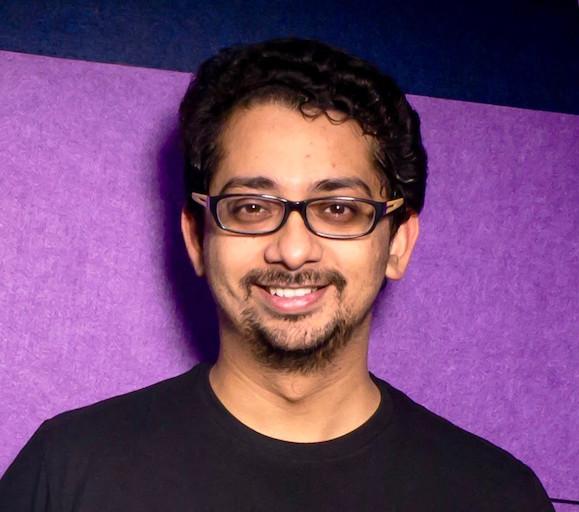Building Creativity: A Developer's Shift from 3D Visualization to Screenwriting
In 2018, I started dabbling in screenwriting just for fun. By the end of 2019, I had written a couple of short film scripts and begun my first feature-length screenplay. None of these were made into films, as the goal was never to get them produced—writing was simply a hobby. But through this journey, the software developer in me kept thinking about a specific kind of writing app that didn’t exist yet.
In 2004, I built VTK Designer, my first complete open-source project, which allowed users to drag and drop data-visualization algorithms from the VTK library onto a canvas, configure them, compose a pipeline, and visualize the output in 3D. Over the next two decades, I built various applications using a similar “canvas-objects-properties-output” approach, including:
An MS Access-like database designer that worked with any database backend.
Several Electronic Design Automation (EDA) tools, including one for IIT Bombay called SequelGUI.
A construction monitoring dashboard, and more.
As I explored screenwriting, I couldn't help but imagine a similar interface for writing. I saw screenwriting as a sequence of scenes—each one a building block to the final screenplay. It would be amazing to drag and drop scenes, configure them, connect them into a narrative, and then generate a PDF output!
That's exactly what I set out to build in March 2020, when the pandemic hit. Initially, the beta versions of the app felt like a software developer's experiment for screenwriters. But, to my surprise, it resonated with professional writers. Over the next five years, I refined the UI to better serve working screenwriters, and today, close to 40,000 writers worldwide have embraced the app.
In this talk:
I’ll share how software architecture can endure across technologies, demonstrating that even as the tools and platforms evolve, the core principles remain relevant. From VTK Designer in the early 2000s to Scrite today, I’ll explore how one idea can shape multiple successful open-source projects over two decades.
None of this would have been possible without a rich ecosystem of open-source tools that addressed various parts of the problem statements addressed in each of the projects I have worked on. I’ll walk you through the open-source software that powers Scrite and explain why I decided to keep the project open-source, even after launching paid subscription plans for the app.
Building a sustainable life around open-source is more than just the revenue earned from monetising the FOSS project, it is also all the ancillary revenue earned from doing other commercial work that are in the vicinity of a FOSS project.
Prashanth Udupa

This is an IndiaFOSS dry run - approved.
https://fossunited.org/c/indiafoss/2025/cfp/7urlbb23kn and https://fossunited.org/c/indiafoss/2025/cfp/dmkoh65pj7